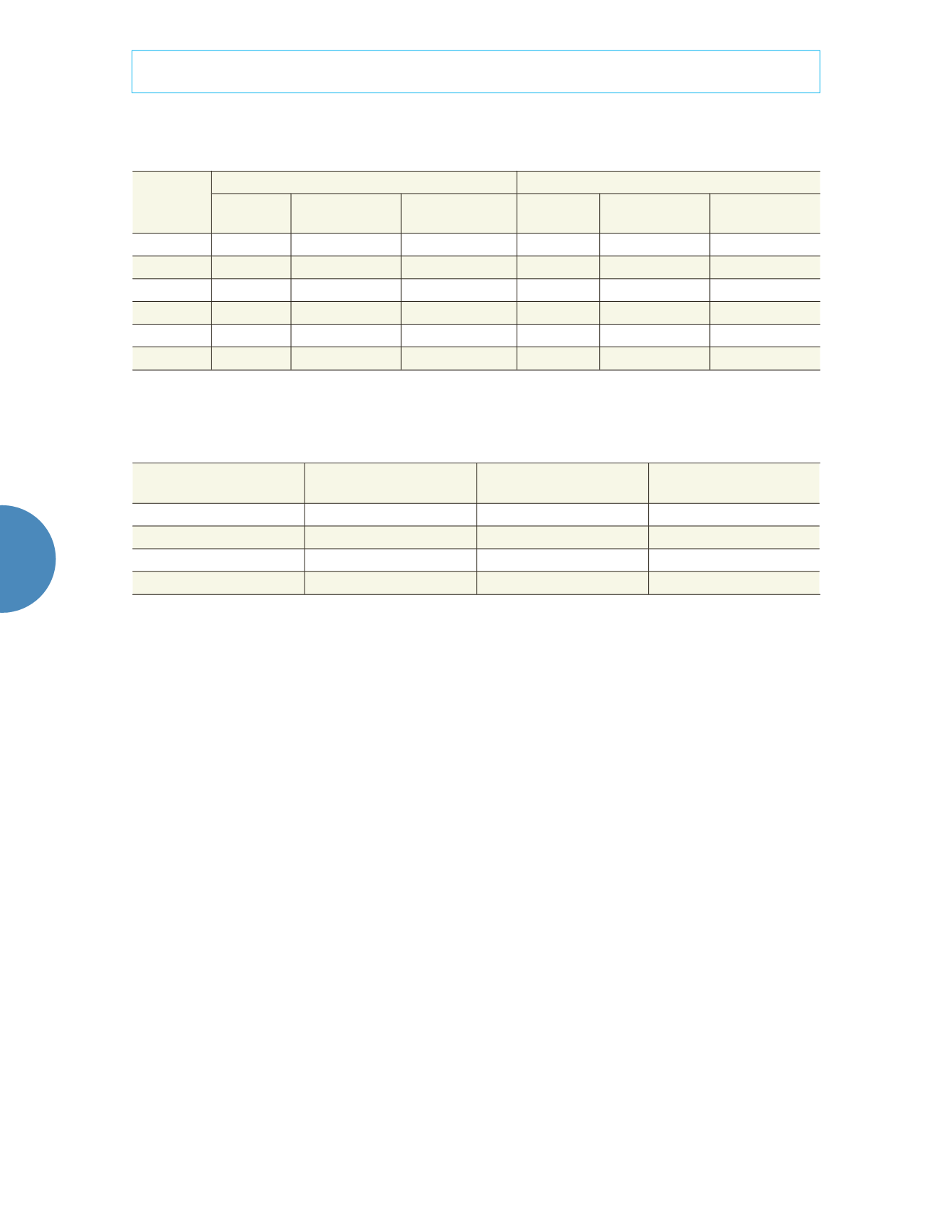
26
Tecnología y Ciencias del Agua
, vol. VIII, núm. 2, marzo-abril de 2017, pp. 19-30
Fan
et al
.
, Effect of drip irrigation with saline water on the shelterbelts to soil and groundwater environment in the hinterland of Taklimakan Desert, China
•
ISSN 2007-2422
Impact on groundwater
Groundwater level
The values of the groundwater level changes
at different observation wells during each ir-
rigation period were obtained by subtracting
the groundwater level after irrigation from the
groundwater level before irrigation (figure 4).
According to the changes in the groundwater
level at different observation wells, the water
levels in the four groundwater observation
wells in the shelterbelt area showed an upward
trend. The highest water level at No. 1 observa-
tion well was reached on day 10, and the highest
water levels at the remaining three observation
wells were reached on day 9. On the other hand,
no obvious change pattern was found in the
groundwater level in the observation well CK
that was located in the original sands outside
of the shelterbelt. According to observational
data, the largest and the smallest rises of water
levels were 0.022 m (No. 3 observation well) and
0.001 m (No. 1 observation well), respectively,
indicating that irrigation can raise groundwater
levels, but this effect is feeble, resulting only in
few centimeter changes.
Groundwater chemistry
In this study, groundwater chemistry was indi-
cated by pH, TDS, total hardness and total al-
kalinity (Salem, Atwia, & El-Horiny, 2015). The
value of cumulative-change as relative compari-
son was carried out to obtain the change values
compared with the initial value, such as heavy
metal accumulation (Unterbrunner
et al
., 2007),
plant relative growth yield (Keyantash, & Dra-
cup, 2002), cumulative precipitation (Alkhayri
&Albahrany, 2004), etc. Figure 5 shows that the
main characteristic changes in groundwater
chemistry were reflected on the changes in TDS
and total hardness. The changes in the above
mentioned two indicators decreased within the
shelterbelt area, while the changes of the same
two values increased for the bare sandy land
outside of shelterbelt land (the change was posi-
tive). Therefore, under the influence of irrigation
Table 2. Variance analysis of the increment in plant growth with different irrigation treatments for selected plants.
Irrigation
treatment
Haloxylon
Tamarix
Height/cm Crown width/cm Diameter at the
ground level/mm Height/cm Crown width/cm Diameter at the
ground level/mm
I
158.6
119.4 × 117.9
18.245
78.8
107.5 × 105.7
10.325
II
172.3
183.3 × 208.8
27.664
73.0
120.3 × 118.7
8.691
III
151.0
108.0 × 106.0
14.560
123.0
112.0 × 116.7
16.680
IV
133.2
124.6 × 121.2
23.256
123.0
181.5 × 165.5
18.744
F value
0.4150
2.2190
0.6570
10.6670
1.1720
2.6960
P value
0.7441
0.1210
0.5893
0.0019*
0.3684
0.1024
Note: * There is significant difference at
p
= 0.05; in the plant height, crown width, and diameter at the ground level.
Table 3. Analysis of height difference of
Tamarixramosissima
using the multiple comparison procedure (LSD).
Treatment
Average value
Significance level of 5% High significance level of
1%
I
78.8333
B
B
II
73.0000
B
B
III
123.0000
A
A
IV
123.0000
A
AB


